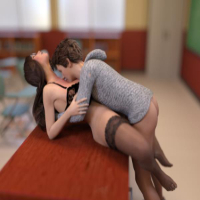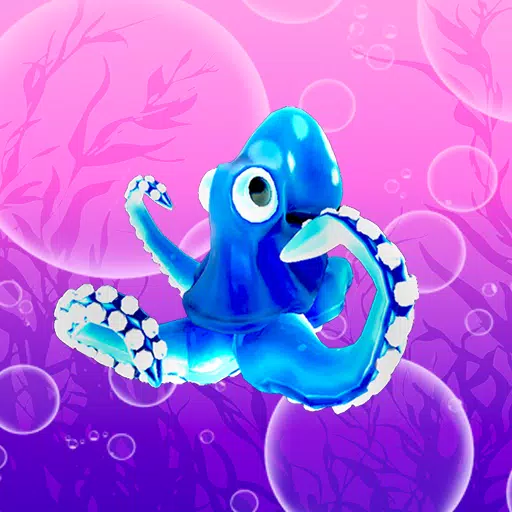Just as Cinderella's dream was set to end at midnight, so too was the fate of The Walt Disney Company in 1947, when it found itself roughly $4 million in debt after the financial struggles of Pinocchio, Fantasia, and Bambi, exacerbated by World War II and other challenges. However, thanks to this beloved princess and her iconic glass slippers, Disney was saved from concluding its animation story prematurely.
As Cinderella celebrates its 75th anniversary of its wide release on March 4, we spoke with several Disney insiders who continue to draw inspiration from this timeless rags-to-riches tale. The story not only mirrors Walt Disney's own journey but also provided hope to a company and a world in the process of rebuilding and seeking something to believe in.
The Right Film at the Right Time --------------------------------To understand the context, we must revisit Disney's fairy godmother moment in 1937 with the release of Snow White and the Seven Dwarfs. The film's unprecedented success—the highest-grossing film of all time until Gone with the Wind surpassed it two years later—enabled Disney to establish its studio in Burbank, where it remains headquartered, and to embark on a path of producing more feature-length animated films.
Disney's next venture, 1940's Pinocchio, with a budget of $2.6 million (about a million more than Snow White), lost approximately $1 million despite critical acclaim and winning Academy Awards for Best Original Score and Best Original Song. This was not an isolated incident; Fantasia and Bambi also underperformed, adding to Disney's debt. A significant factor was Germany's invasion of Poland in September 1939, igniting World War II.
"Disney's European markets dried up during the war, and films like Pinocchio and Bambi did not do well," explained Eric Goldberg, co-director of Pocahontas and lead animator on Aladdin's Genie. "The U.S. government then enlisted Disney to produce training and propaganda films for the Army and Navy. Throughout the 1940s, the studio created what they called Package Films, such as Make Mine Music, Fun and Fancy Free, and Melody Time. These were excellent projects, but lacked a cohesive narrative."
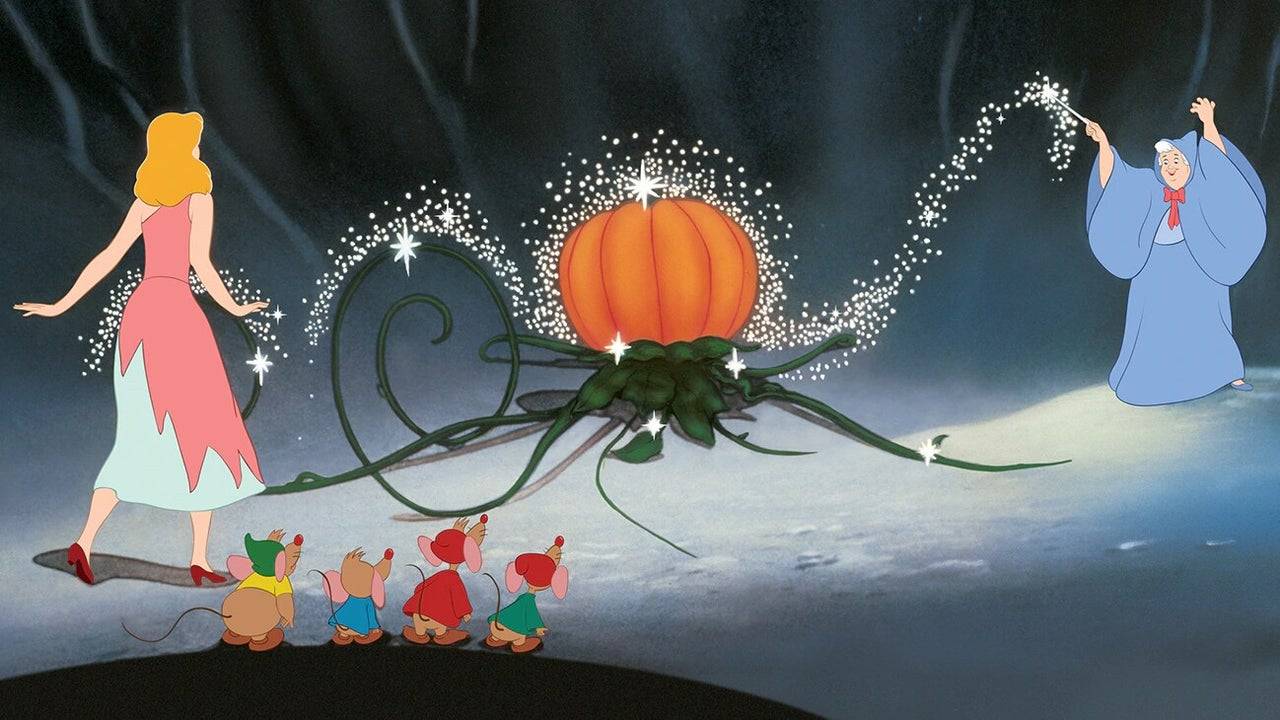
For those unfamiliar, Package Films were compilations of short cartoons combined into feature films. Disney produced six of these between 1942's Bambi and 1950's Cinderella, including Saludos Amigos and The Three Caballeros, which were part of the U.S.'s Good Neighbor Policy to counter Nazism in South America. While these films recouped their costs and Fun and Fancy Free reduced the studio's debt from $4.2 million to $3 million in 1947, they hindered the production of true animated feature-length stories.
"I wanted to return to feature films," Walt Disney said in 1956, as noted in The Animated Man: A Life of Walt Disney by Michael Barrier. "It required significant investment and time. A quality animated feature takes a lot of both. My brother [Disney CEO Roy O. Disney] and I had a heated debate... It was one of my big upsets... I said we either move forward, get back into business, or liquidate and sell out."
When it seemed Walt was ready to sell his shares and leave the company, he and Roy chose the riskier path, investing everything in what would be the studio's first major animated feature since Bambi. Failure could have meant the end of Disney's animation studio.
"At that time, Alice in Wonderland, Peter Pan, and Cinderella were in development, but Cinderella was chosen first due to its similarities to Snow White," said Tori Cranner, Art Collections Manager at Walt Disney Animation Research Library. "Walt recognized that post-war America needed hope and joy. While Pinocchio is a beautiful film, it lacks the joy that Cinderella embodies. The world needed to believe that something beautiful could emerge from the ashes, and Cinderella was the perfect story for that moment."
Cinderella and Disney’s Rags to Riches Tale
Walt's connection to Cinderella dates back to 1922, when he produced a Cinderella short at Laugh-O-Gram Studios, which he founded two years before starting Disney with Roy. The short and the eventual feature film were based on Charles Perrault's 1697 version of the tale, potentially originating between 7 BC and AD 23 by the Greek geographer Strabo. It was a classic narrative of good versus evil, true love, and dreams coming true, which deeply resonated with Walt.
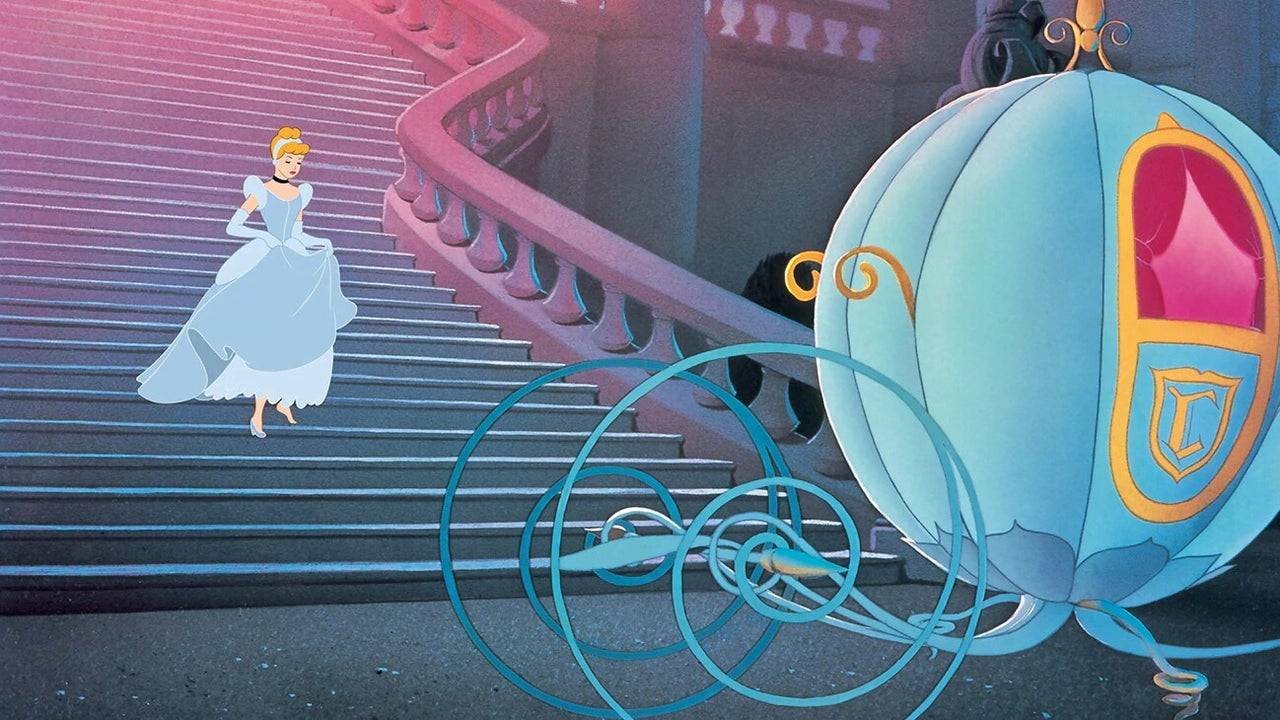
"Snow White was a kind and simple girl who believed in wishing and waiting for her Prince Charming," Walt Disney explained, as seen in the special DVD feature, Disney's Cinderella: The Making of a Masterpiece. "Cinderella, on the other hand, was more practical. She believed in dreams but also in taking action. When Prince Charming didn't come along, she went to the palace and found him."
Cinderella's resilience and determination, despite being mistreated by her Evil Stepmother and Stepsisters after losing her parents, mirrored Walt's own journey from humble beginnings, filled with failures and challenges, yet driven by an unstoppable dream and work ethic.
Walt's passion for Cinderella persisted through Disney's early years, leading to a planned Silly Symphony short in 1933. The project grew in complexity, and by 1938, it was decided to transform it into a feature film. Despite delays due to the war and other factors, the time allowed the film to evolve into the beloved masterpiece it is today.
Cinderella's success was partly due to Disney's ability to adapt these timeless tales into stories with universal appeal. "Disney was adept at taking these age-old fairy tales and adding his own flair," Goldberg noted. "He infused them with his taste, entertainment sense, heart, and passion, making the characters and stories more engaging than the originals. These tales were often grim, meant as cautionary lessons, but Disney made them enjoyable for all audiences, ensuring their enduring relevance."
Disney enhanced Cinderella's story with her animal friends, including Jaq, Gus, and the birds, who provided comic relief and allowed Cinderella to express her true feelings, deepening her character. The Fairy Godmother, portrayed differently from Perrault's version, was designed by animator Milt Kahl as a bumbling, grandmotherly figure, making her more relatable and endearing. This led to one of the most iconic scenes in Disney history: Cinderella's dress transformation, often cited as Walt's favorite, meticulously animated by Disney Legend Marc Davis and George Rowley.
"Every sparkle was hand-drawn and painted on every frame," Cranner said with enthusiasm. "There's a perfect moment during the transformation where the magic holds for just a fraction of a second before the dress changes. That pause adds to the scene's enchantment."
Another Disney addition was the breaking of one glass slipper, symbolizing Cinderella's agency and strength. "Cinderella isn't just a passive character," Goldberg emphasized. "She has personality and strength. When the slipper breaks, she presents the other one she kept, demonstrating her control and cleverness."
Cinderella premiered in Boston on February 15, 1950, and had its wide release on March 4. It was an immediate success, earning $7 million on a $2.2 million budget, becoming the sixth-highest grossing film of 1950 and receiving three Academy Award nominations.
"When Cinderella was released, critics hailed it as Walt Disney's return to form," Goldberg recalled. "It was a huge success, rekindling the studio's passion for narrative features. Following Cinderella, Disney developed films like Peter Pan, Lady and the Tramp, Sleeping Beauty, 101 Dalmatians, The Jungle Book, and many more, all thanks to Cinderella."
75 Years Later, Cinderella’s Magic Lives On
Decades later, Cinderella's influence remains strong at Disney and beyond. Her castle inspires the iconic structures at Walt Disney World and Tokyo Disneyland, and her story continues to resonate in modern Disney films.
"When we animated Elsa's dress transformation in Frozen, we wanted to honor Cinderella's legacy," said Becky Bresee, lead animator on Frozen 2 and Wish. "The sparkles and effects around Elsa's dress directly connect to Cinderella, even though the characters are different. We carry forward elements from Cinderella and other classic films to celebrate their impact."
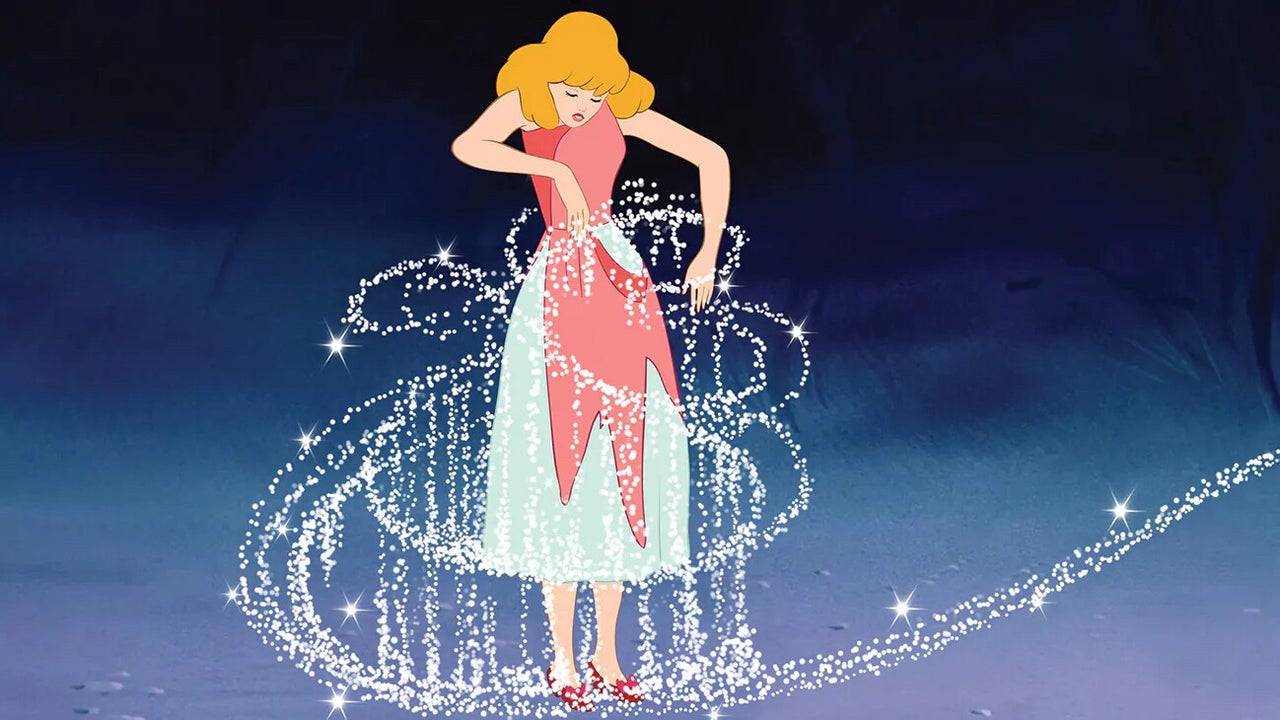
The contributions of the Nine Old Men and Mary Blair to Cinderella's distinct style and character depth cannot be overstated. As we close this retrospective, Eric Goldberg's words encapsulate why Cinderella was the perfect film at the perfect time, saving Disney when it needed it most.
"Cinderella is all about hope," Goldberg concluded. "It shows that perseverance and strength can lead to realizing your dreams, no matter the era."





